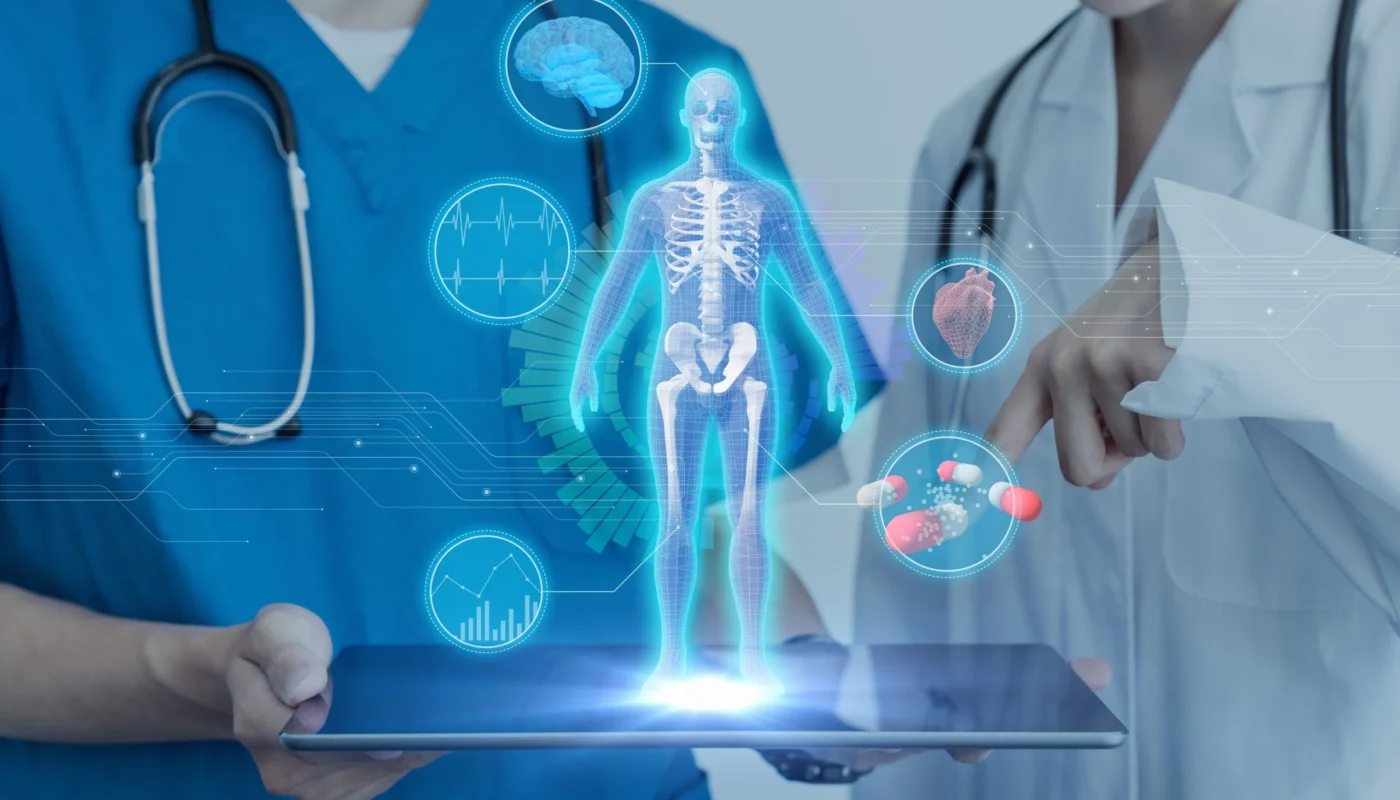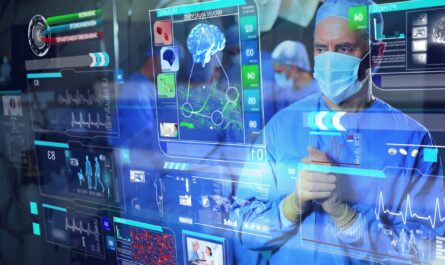Bio-imaging is a rapidly growing area of medical science that is revolutionizing our understanding of biology and driving major advances in research and clinical practice. Techniques such as magnetic resonance imaging (MRI), computed tomography (CT), positron emission tomography (PET), ultrasound, and optical imaging allow scientists and physicians to visualize biological processes in both healthy and diseased states like never before.
Emergence of Novel Bio-Imaging Techniques
Over the past few decades, there has been tremendous progress in the development of novel Global Bio-imaging modalities with unprecedented resolution, sensitivity and specificity. Advanced MRI techniques now enable us to image individual cells and monitor biochemical activities in living organisms in real-time. Photoacoustic tomography combines optical contrast with ultrasound resolution for high-resolution multi-spectral imaging of tissues. Optical coherence tomography delivers microscopic resolution without the need for histology. Stimulated Raman scattering microscopy allows chemical imaging of tissues without use of fluorophores. Development of novel molecular probes and genetic reporters further expands the scope of in vivo functional imaging.
Multimodal Imaging Gains Popularity
Given the strengths and limitations of individual modalities, researchers are increasingly adopting multi-modal imaging strategies that integrate complimentary techniques. For example, PET provides high sensitivity for molecular imaging but has low resolution, while MRI delivers exquisite soft tissue contrast with high resolution. Integration of the two therefore allows correlated anatomical and functional imaging. Raman endomicroscopy couples optical microscopy with Raman spectroscopy to provide histology-like assessment of tissues during clinical endoscopy. Fused PET/MRI scanners are now commercialized and promise to significantly advance personalized medicine applications through combined anatomical, metabolic and molecular imaging capabilities.
Impact on Drug Development
In the pharmaceutical industry, bio-imaging plays a central role in facilitating target identification and validation, evaluating disease mechanisms, assessing drug delivery and biodistribution, quantifying target engagement, monitoring treatment response and detecting drug resistance. It allows non-invasive longitudinal monitoring of biological processes, disease progression and drug effects in vivo – a significant advantage over end-point analyses. This in turn accelerates research and decreases dependency on animal studies. Bio-imaging biomarkers developed based on these techniques are increasingly being evaluated for use in clinical trials to select candidate drugs and patient populations.
Advances in Image Analysis
Global Bio-imagingModern bio-imaging generates huge volumes of multidimensional data that exceeds human capabilities for visualization and interpretation. Powerful computational methods and artificial intelligence are now employed for automatic segmentation, registration, quantification and detection of features from such datasets. Deep learning approaches have shown promise in applications such as segmentation of medical images, classification of pathology, prediction of treatment response and generation of synthetic image datasets. Standardization of datasets and analytics tools further enhances reproducibility and generalizability of such results across different studies and institutions.
Power of Big Data and Cloud Computing
The growing use of cloud infrastructure has unlocked unprecedented capabilities Global Bio-imaging data storage, sharing, processing and analysis globally. Terabyte-scale datasets can now be generated routinely and stored/accessed on cloud platforms for centralized or distributed team collaborations. Use of blockchain promises enhanced security and traceability of data sharing processes. Integration with electronic health records allows validation of imaging biomarkers and correlates anatomical, functional and molecular signatures with clinical endpoints at population-scale. When combined with other ‘omics datasets, imaging data will drive new discoveries at the intersection of medicine, biology and computer science with wide reaching impact.
Challenges and Future Outlook
While bio-imaging technologies have revolutionized scientific research and clinical practice, there still remain several challenges that need to be addressed to fully realize their potential. Development of targeted, safe molecular probes and probes sensitive enough for earliest disease detection are still active areas of research. Harmonization and standardization of imaging protocols is necessary for multi-site clinical trials and development of generalized algorithms. Concerns of rising healthcare costs will need innovative solutions involving value-based pricing, reference databases and artificial intelligence applications for automation. Looking ahead, the integration of techniques like imaging genomics, cell and gene therapy, immunotherapy and nanotechnology promise to further transform bio-medical sciences and enable precision care approaches customized for individual patients.
*Note:
1. Source: Coherent Market Insights, Public sources, Desk research
2. We have leveraged AI tools to mine information and compile it




